Behind every great photograph is a sturdy piece of glass. A few pieces, actually. Ever since the advent of the first camera lens in 1839, these cylindrical contraptions have served as the essential connection between the world around us and the images we make of it.
Lenses are vital. Your camera or smartphone’s lens acts as a passageway for light (the word “photography” literally means “writing with light”), which is focused and passed through the glass elements of the lens in whatever amount the tiny hole (or aperture) allows before being captured as an image on light-sensitive film or a digital sensor, creating what we know as a photo. Without a lens, you couldn’t have a photograph—at least, not a very good one.
If you own an SLR camera (whether a DSLR or film camera), your photography capabilities have a superpower: interchangeable lenses. Being able to swap lenses means you can take photos with a range of visual quality, different apertures (like very large f-stops for low-light photos), and different focal lengths.
SLR camera lenses may be powerful and versatile, but with those qualities also come confusing jargon and big price tags. So where to begin? Right here. Whether you’re buying your first DSLR or want dust off that 35mm film camera and expand your creative horizons, this handy beginner’s guide to SLR camera lenses has all the basic intel you need to get started.
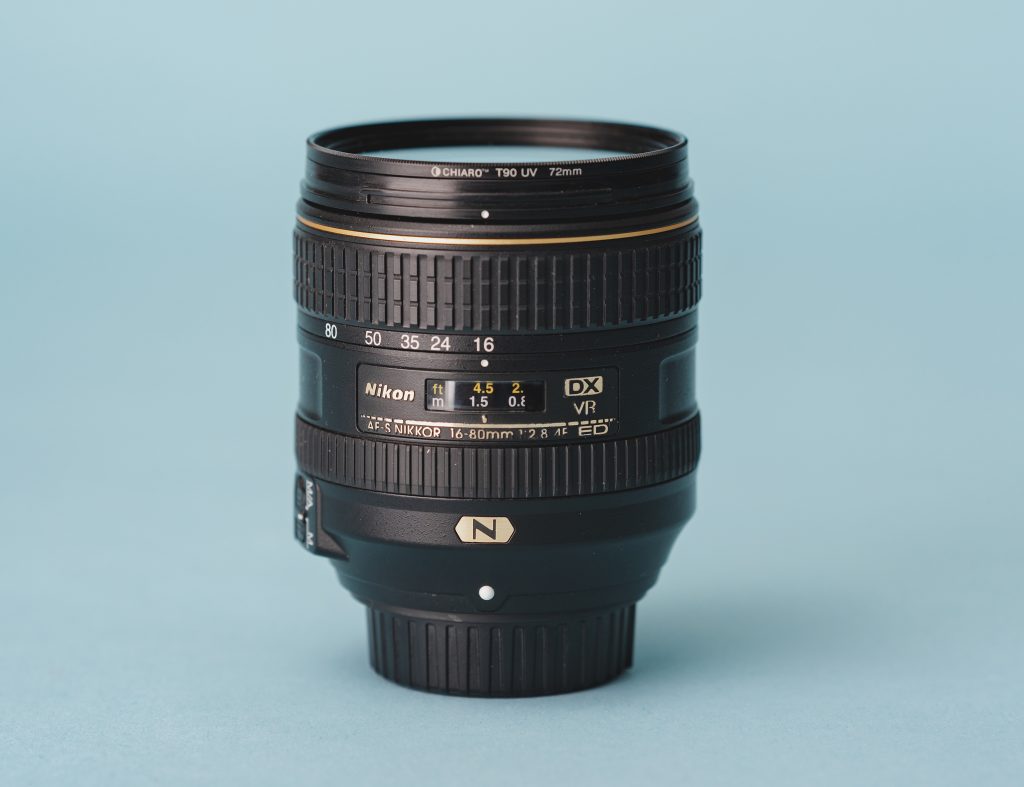
The Kit Lens
A kit lens is the default “starter” lens that comes bundled with an SLR camera body so you can start shooting without purchasing a separate lens. Kit lenses truly do not get enough credit. They’re great for getting started because they can act as several lenses in one, covering most of the basic photography bases. Although seemingly basic, the kit lens is a versatile one. If you’re a beginner, you’ll have no problem shooting landscape photos zoomed all the way out or making portraits way in, all without swapping lenses. The prices of kit lenses vary based on the camera brand, but they tend to be among the more inexpensive ones.
Kit lenses do have their limitations, of course. Because the f-stop is a range and is not fixed, the depth of field is limited. This means that if you zoom in all the way, your aperture will automatically adjust and allow less light to enter the lens. No need to worry though, you can compensate with a slower shutter speed or by adjusting the ISO.
Kit Lenses:
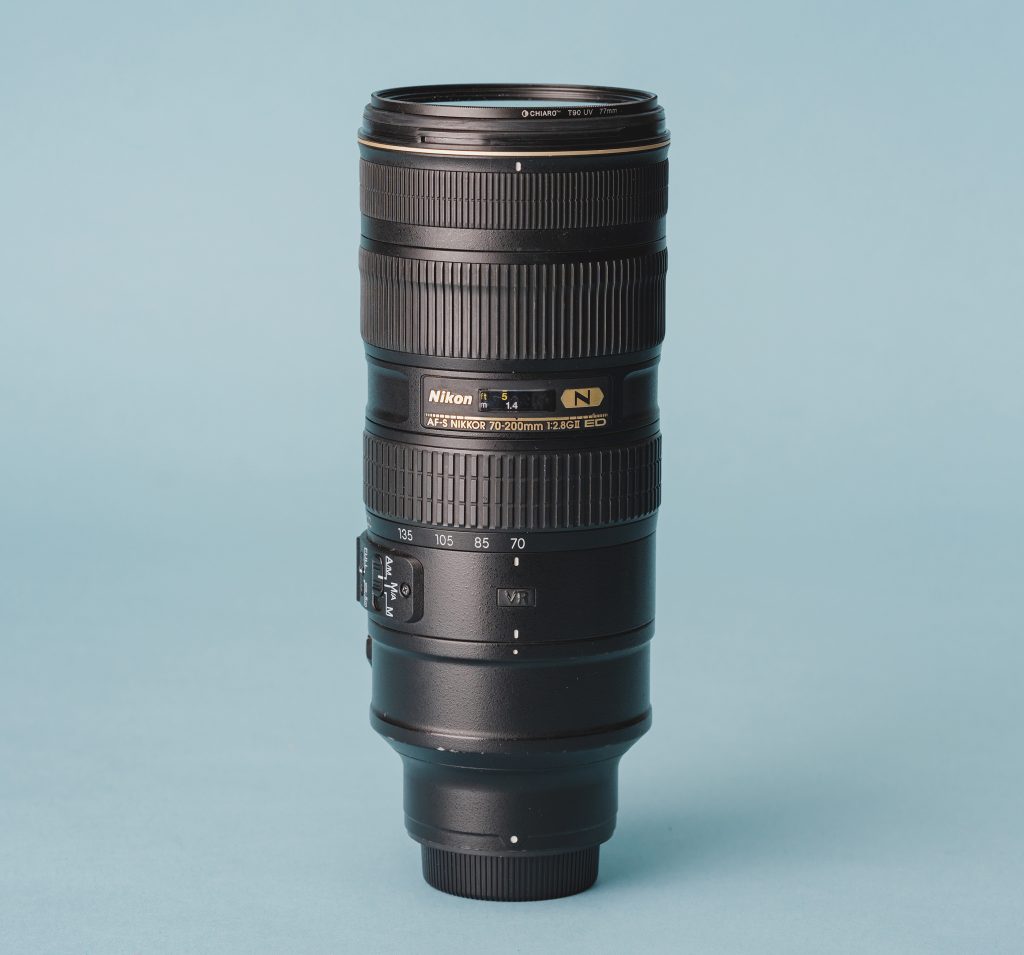
Zoom Lens
Zoom lenses can get to be a bit pricier, but the focal range they enable is remarkable. Most notably, telephoto lenses and other zooms allow you to take crisp, clear photographs of subjects that are far away–sometimes very far. If you’re a parent looking to take action photos from the bleachers of the baseball game, or want to take close-up photos of the animals at the zoo, this is the lens for you.
Because the typical zoom lens also has an f-stop range and is not fixed, you will lose the capability to allow more light into the lens when you zoom in closer. If you’re looking for a wider range of zoom and don’t want to lose any depth or light, there are great telephoto zoom lenses with a fixed f-stop. Some examples of these include the 18-200mm f/2.8 lens. The upgrade in glass won’t come without a hefty price tag though. Depending on the quality, these lenses can be anywhere from $400 to over $1,000.
Zoom Lenses:
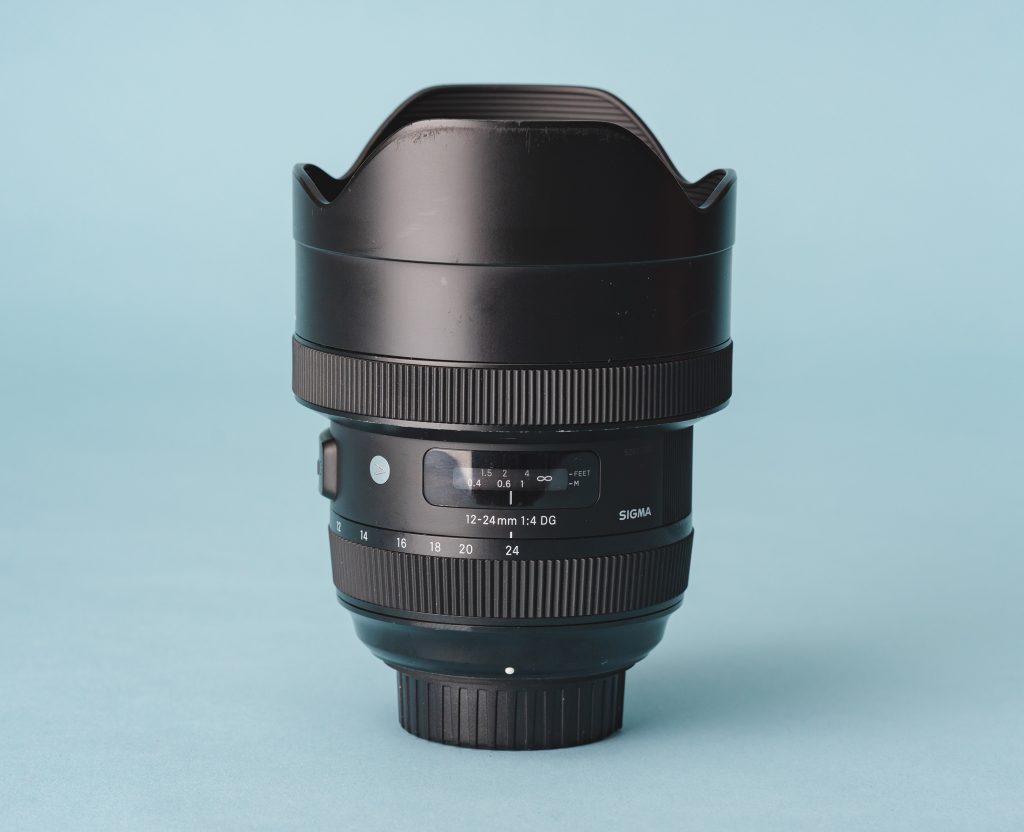
Wide Angle Lens
If you find yourself photographing outdoor scenes or architecture and want to get as much of the view in your frame as possible, the width of a kit lens’ angle of view won’t cut it.Instead, you’ll want to find a wide angle lens, which are typically defined as having a focal length of 35mm or lower, but can be as wide as 12mm or even 8mm for ultra wide “fish eye” lenses. Wide angle lenses are great for landscape and architectural photography and work especially well for taking large group shots.
Wide Angle Lenses:
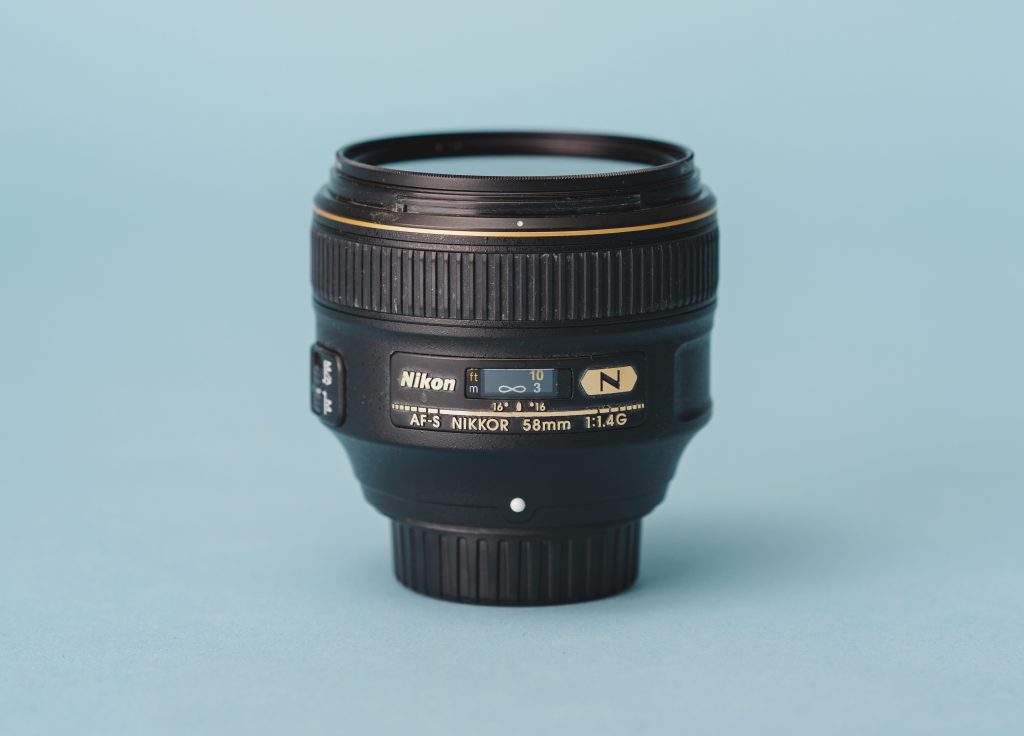
Prime Lens
This simple lens tends to be the least expensive. Although the standard 50mm prime lens lacks the ability to zoom in or out due to its fixed focal length, it allows for beautiful depth to achieve that blurry, dream-like background. The images you take will often be sharper and crisper than those taken with your kit lens. They also tend to work well in low light. This is lens is definitely a go-to, especially for portrait photography.
Prime Lenses:
You’d be surprised at the different kinds of images one camera can take with a set of different lenses. Despite this, know that while the lenses may make the camera, the camera doesn’t make the photographer. Photography is all about your eye, style and how you combine them.
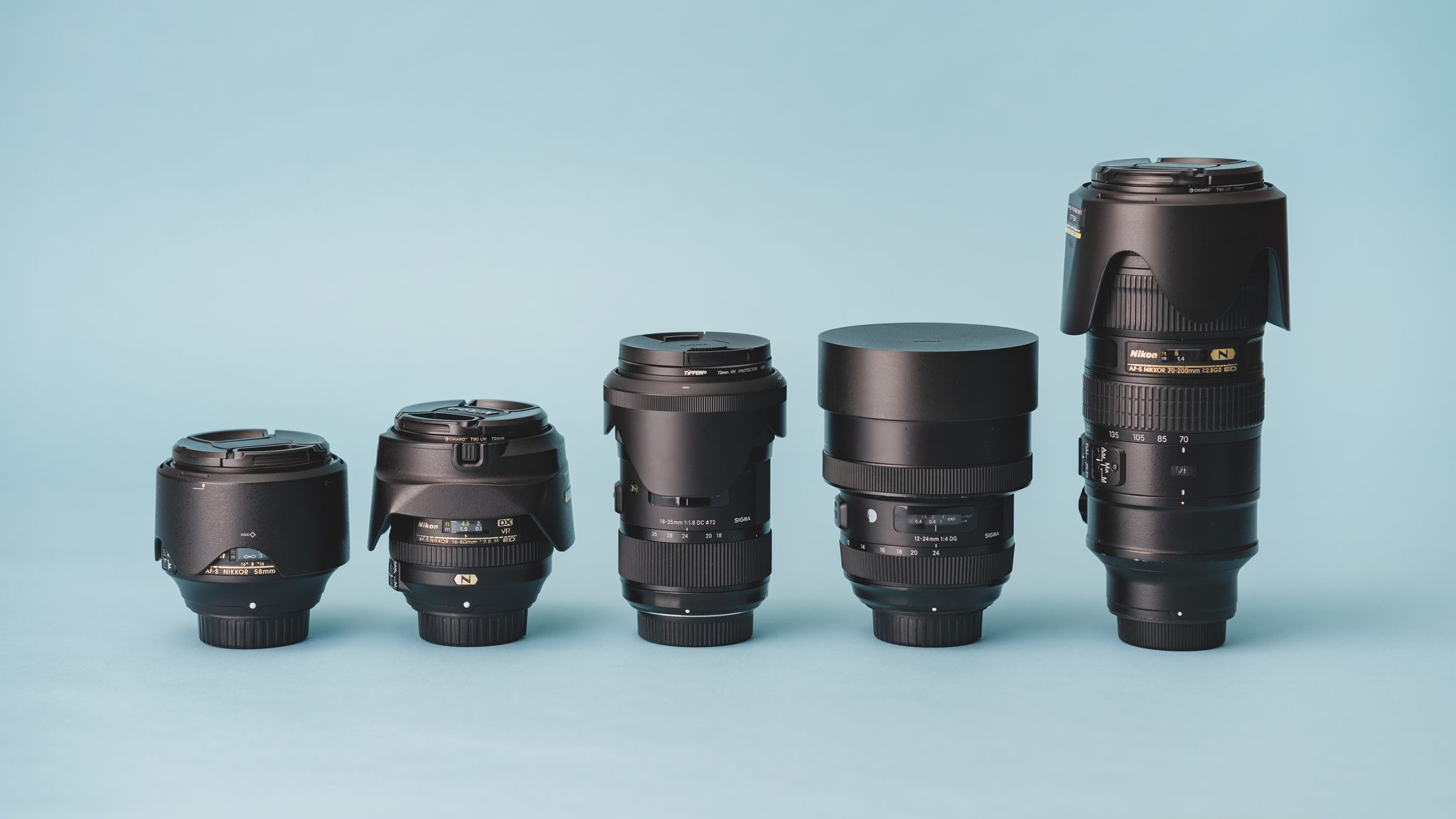


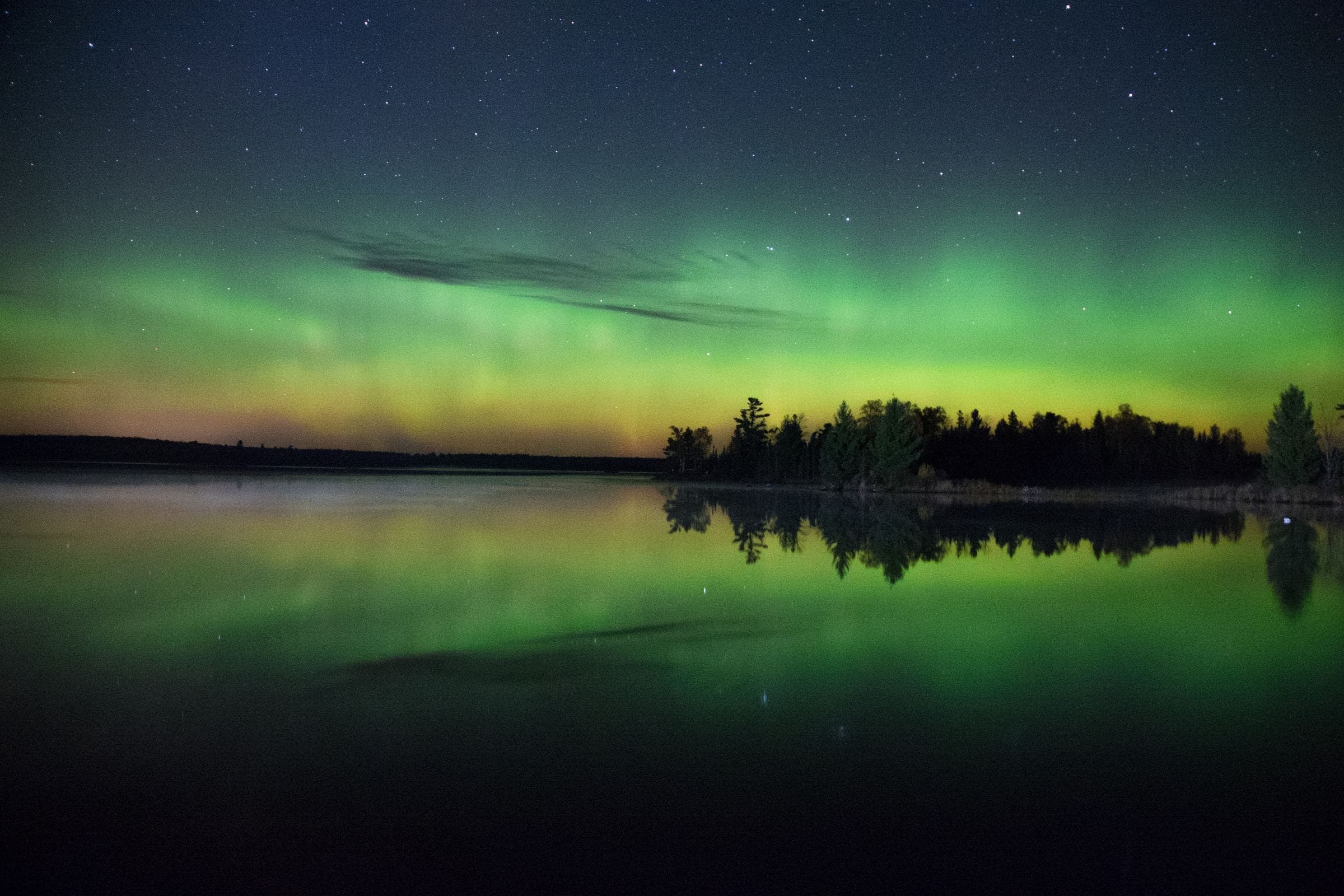


Comments